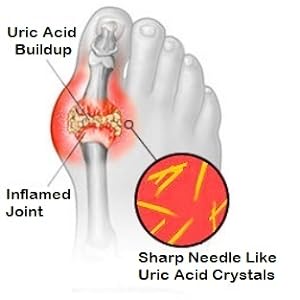
Understanding Uric Acid Attacks
Uric acid is a very potent and necessary antioxidant vital to our DNA and RNA. Uric acid is an end product of purine metabolism. Purines are organic compounds found in all body tissue and cells and also found in the foods we eat. Overproduction and/or under-excretion of uric acid through the kidneys initiates excess storage in the joints, tissue, and organs, resulting in an attacking response. This reaction ensues the hot, shiny, often excruciating joint misery known as the ‘attack’. It is one of the most harrowing forms of joint conditions and poses an excessively high risk for joint degeneration and deformity.
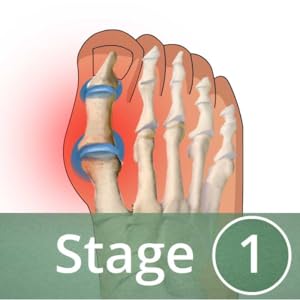
Stage One
In the Asymptomatic Stage you will likely find high uric acid levels in the blood without the presence of any symptoms. This does not dictate the inevitability of an attack but can certainly increase the risk. Hyperuricemia can result from excessive purine metabolism producing uric acid, under-excretion of uric acid by the kidneys, and possible high levels of fructose in the diet. Natural measures to correct would be advised.

Stage Two
The Acute Stage is the presence of the first attack which typically befalls one joint. Any joint is susceptible to an attack, although many find the big toe to be the first. A flare up can cause excruciating pain to an area becoming red, hot, shiny, swollen, and very tender to the touch. Sometimes a fever is present as well. A mild attack can last a few days and a severe one up to a few weeks.
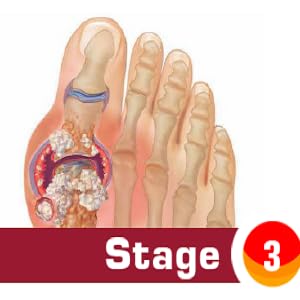
Stage Three
Intercritical is the time in between attacks. This can occur for several months up to several years, although most find the second attack to take place somewhere between six months and two years from the initial flare up.
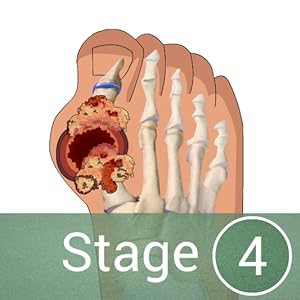
Stage Four
The Chronic Stage can burden one with frequent severe attacks and usually involving more than one joint at a time. Tophi can form in the joints, bones, cartilage, and other places in the body. Tophi growths are large nodules of uric acid deposits and are more likely at this stage. The chronic stage imposes much higher risks of kidney stones and damage, hypertension, and joint deformity.
Uric Acid
Visualize the uric acid metabolic process as a 16-ounce glass. Let’s assume that when you are young, your glass contains about 6oz. Let us consider that at a 16oz level, you would be destined for a gout attack. After years of splurging on high purine and acidic food selections, your glass gradually rises to 14oz. An average meal in purines may bring you up to 15.5, but luckily, within 4-6 hours your system can bring it back down to 14.1. This process is repeated several times, until one day you top the 16 ounces, and you are now in a gout attack.
You may have ‘trigger foods’ that spark an attack. A purine-rich meal may push your ‘already full’ glass over the edge and into an attack. However, be sure to understand things were already brewing and these triggers simply tipped the scale. Blaming one food as the originator of the attack can leave you in a vicious cycle of chasing the perfect purine diet, consequently failure is likely.
How the products GC® GoutCare and Flamasil® Work for Gout:
With an initial cleansing diet, water, and GC®/Flamasil®, we can successfully bring that glass down to a sustainable level. It may never revert back to a low 6oz, but at least at 8oz we can manage the uric acid levels and avoid future gout attacks. This is the main reason for recommending an initial strict diet. You can allow the GC® herbs and your body to go straight to work without an abundance of new acid formations to slow you down.
Meanwhile, GC®/Flamasil® will also be ‘melting’ your stored uric acid at such high rates, any additional uric acid added to the blood supply can cause the blood to become hyper-saturated. If your body is unable to expel these excessive amounts quickly enough, the kidneys are likely to reclaim and recycle right back through the joints again. This process could result in new deposits into other joints or cause the current attack to worsen. This ‘melting’ of old stored uric acid is also the logic behind consuming large amounts of non-chlorinated water. Proper hydration is imperative to flush the newly dissolved uric acid out of your blood supply and past the kidneys.
It is also important to maintain your body weight during a gout attack. All body cells contain purines. In fact, 70% of all uric acid creation stems from the cellular level. Fat cells, where weight loss begins, contain copious amounts of purines. Thus, weight loss increases uric acid production in large amounts, over-taxing your already overloaded system, causing the attack to be prolonged.
Gout Sufferers
People who suffer with gout commonly overproduce uric acid or under excrete it. In extreme cases, a person may fall into both categories, causing severe gout attacks repeatedly. Blood serum testing will not show the amount of uric acid crystallized in connective tissue. This insoluble amount is the culprit ready to incite the next acute attack.
Our herbal blends, GC® GoutCare & Flamasil, help the body regulate this process and aid to maintain a healthy level of uric acid in the blood. The herbs combine with the uric acid to help it remain soluble. With just a small change in the diet, a person will be able to eat a complete variety of foods and still remain gout free.


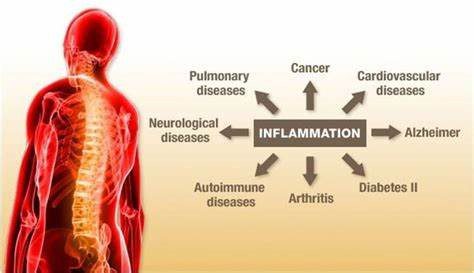

Leave a Reply